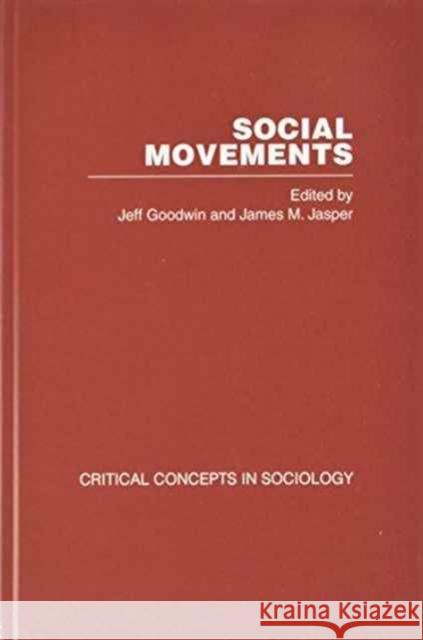Social Movements: Critical Concepts in Sociology » książka
Social Movements: Critical Concepts in Sociology
ISBN-13: 9780415378079 / Angielski / Twarda / 2007 / 2256 str.
In the modern world, social movements are one of the main ways that people try to control their lives and articulate their moral positions. From utopian and revolutionary efforts to start society anew to reactionary attempts to resist new technologies or trends, normal people often become embroiled in titanic struggles over the world’s future. These four volumes present major statements of how scholars have understood these movements over the past century. They are essential reading for anyone interested in social change, politics, and real people in action.
Each volume examines a different set of dimensions behind the complex phenomenon of social movements. Volume one offers readings on the psychological dimensions of collective action, volume two on the resources and formal organizations that make most social movements possible. Volume three addresses the strategies, choices, and creativity that make many movements such exciting efforts. Finally, volume four contains key readings on the meanings and feelings that propel or constrain participants.
A social movement is a collective, organized, sustained and non-institutional challenge to authorities, power holders, or cultural beliefs and practices. In the modern world, social movements are one of the main ways that people try to control their lives and articulate their moral positions. From utopian and revolutionary efforts to start society anew to reactionary attempts to resist new technologies or trends, normal people often become embroiled in titanic struggles over the world’s future. These four volumes present major statements of how scholars have understood these movements over the past century. They are essential reading for anyone interested in social change, politics and real people in action.
Each volume examines a different set of dimensions behind the complex phenomenon of social movements. Volume one offers readings on the psychological dimensions of collective action, volume two on the resources and formal organizations that make most social movements possible. Volume three addresses the strategies, choices and creativity that make many movements such exciting efforts. Finally, volume four contains key readings on the meanings and feelings that propel or constrain participants.











